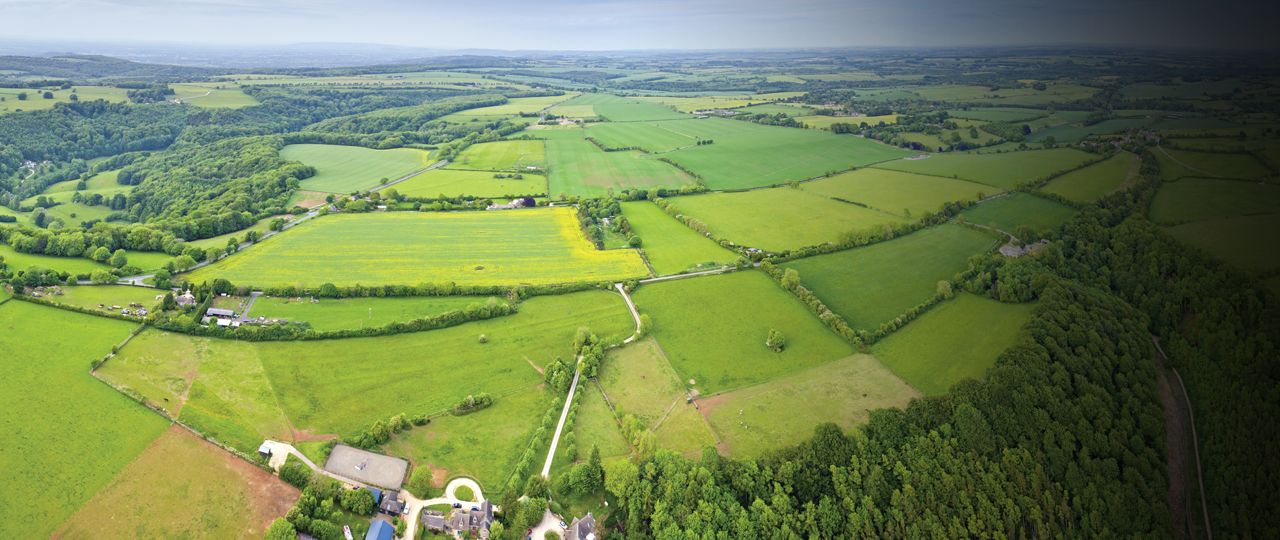
A massive increase in house building is needed to address the residential property shortage in the UK, offering opportunities for landowners in areas of strong demand.
So what are some of the key considerations when thinking about bringing rural land forward for development?
Here are five critical areas that will need to be addressed:
What’s the local planning policy?
- Landowners need a clear understanding of the timetable for various local council consultations such as Call for Sites, Local Plan reviews and Neighbourhood Plans. These consultations do not run simultaneously so landowners need to make sure they are engaging with the various consultations as they arise.
- Call for Sites – This is the first step of engagement with the local council and allows landowners to put forward sites they feel have development potential. It is important to remember that you will be in competition with other landowners with potential sites and should therefore be able to demonstrate the land for development is deliverable and achievable.
Have site investigations been completed?
- When identifying land for a potential development site, landowners need to carry out research and give consideration to whether there are any major site constraints or barriers to development. Highways, ecology or archaeology surveys will be required to help demonstrate to the council the land has potential.
- Suitable sites can include ones with good road access, within or adjoining villages and land in sustainable settlements. However, potential sites need to be also reviewed in conjunction with the council’s Core Strategy, which is a key strategic planning policy document within the local plan.
What is the level of engagement with neighbours and the local community?
- It is important for landowners to engage with their neighbours as if the local community supports development then this is likely to influence the council.
- Where parish councils are preparing Neighbourhood Plans, landowners should engage with this process to influence it.
- A landowner’s development aspirations should be aligned with the emerging Neighbourhood Plan.
What is the ownership of the land?
- Who actually owns the land? If it is in joint ownership, are all landowners on board with the possible development and do they have the same aspirations?
- In some cases collaborating with an adjoining landowner can maximise development potential.
- Are there going to be issues with unregistered land or land that could be used as a ransom strip?
How to go about promoting the land?
- There are different ways landowners can promote their land for development and this very much depends on each landowner’s perception of risk vs reward, their ultimate aspirations and the time they are willing to spend on promoting the land for development.
- Options include:
- Sell land with an overage clause for the development uplift value
- Self-promote land and obtain planning consent on the land
- Agree an option or promotion agreement with a developer
Thinking about purchasing land? Take a browse through Strutt & Parker's land for sale.
